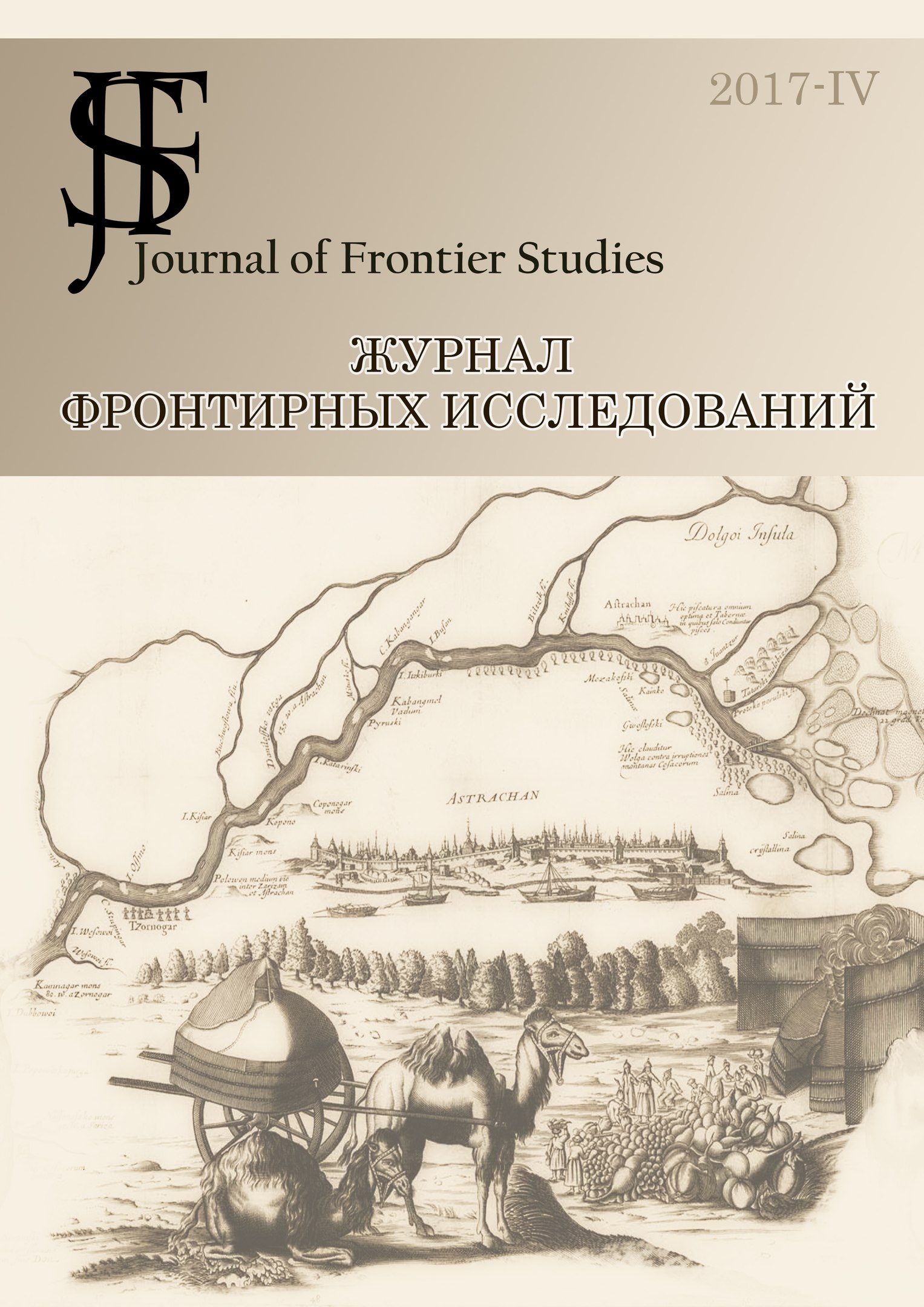Abstract
The article discusses conservation of religious art by regional museums in the Soviet period, specifically studying the stock collections of the Astrakhan Museum-reserve. The main objective of the study is primarily attribution and search of unique works of religious art, lost in the Soviet period as a result of anti-religious activities. Using the concept of the frontier the author analyses the most productive methods of conservation of religious works of art. The use of micro-historical approach makes it possible to identify regional specifics of the problemn.
References
Гузунов, Ф.В. & Маслов, К.И. (2003). О снятии фрагментов росписей со стен разрушенных храмов в конце 1920-х - 1930-е гг. Грабаревские чтения: Международная научная конференция. Мин. культуры РФ, ВХНРЦ им. акад. И. Э. Грабаря, М.: Сканрус, вып.V, стр.120-126
Икона «Явления Христа Марии Магдалине после Воскресения». (Конец XIX в.) Холст, масло. Астраханский музей-заповедник. КП № 33227
Лебедев, П.В. (1974-1975). Летопись монастырей, храмов г. Астрахани: рукопись. Астрахань, стр. 58.
Марьян, И. игуменю (2002). Астрахань. Храмы и монастыри. Астрахань, стр. 87
Охоцимский, А. Д. (2017) Душевное дело Александра Иванова. Retrieved from http://lib.rmvoz.ru/bigzal/spiritual_Alexander_Ivanov
Пиотровский, М. Б. & Цветаева, М. Н. (2010). Проблемы сохранения церковного наследия: Сборник статей. СПб.
Слово по случаю обновления храма (1907). АЕВ (1), стр. 20
Степанов, С.С. (2012). «Воскресение Христово видевшее» эскизы Александра Иванова для храма Христа Спасителя. Наука и религия, (5).

This work is licensed under a Creative Commons Attribution-NonCommercial-NoDerivatives 4.0 International License.

